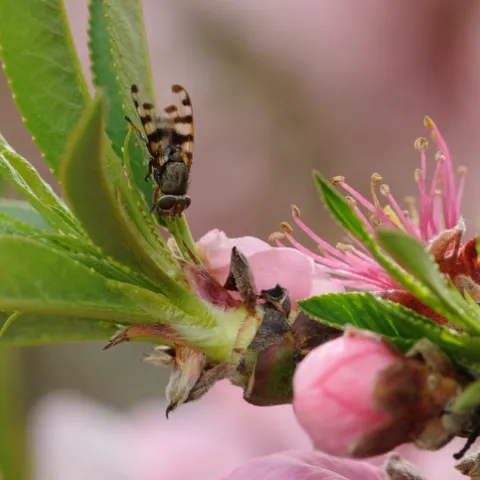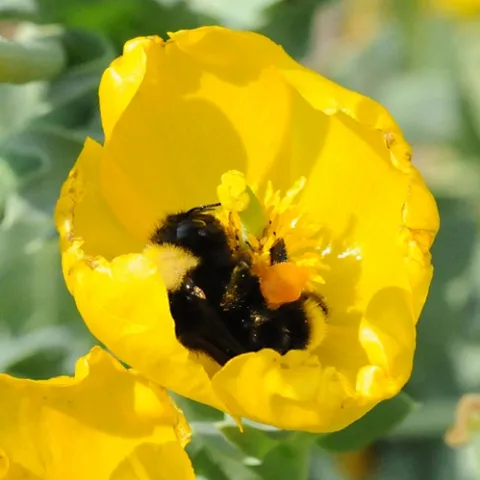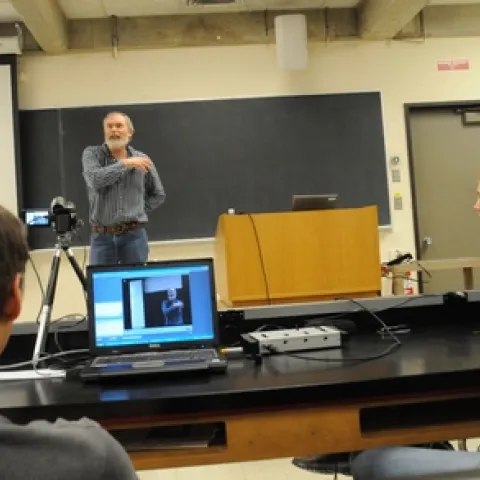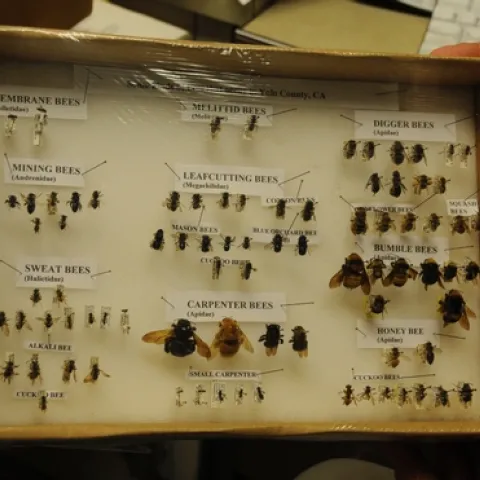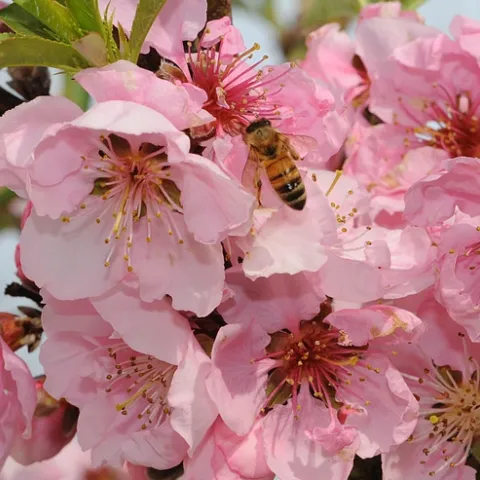Bug Squad
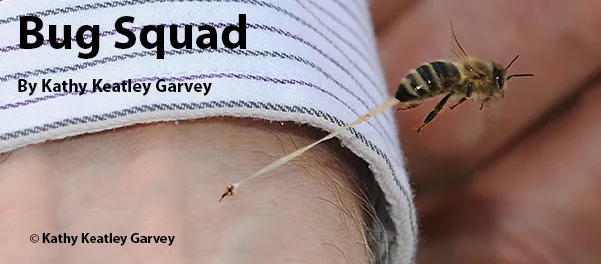
The Bug Squad blog, by Kathy Keatley Garvey of the University of California, Davis, is a daily (Monday-Friday) blog launched Aug. 6, 2008. It is about the wonderful world of insects and the entomologists who study them. Blog posts are archived at https://my.ucanr.edu/blogs/bugsquad/index.cfm. The story behind "The Sting" is here: https://my.ucanr.edu/blogs/blogcore/postdetail.cfm?postnum=7735.

